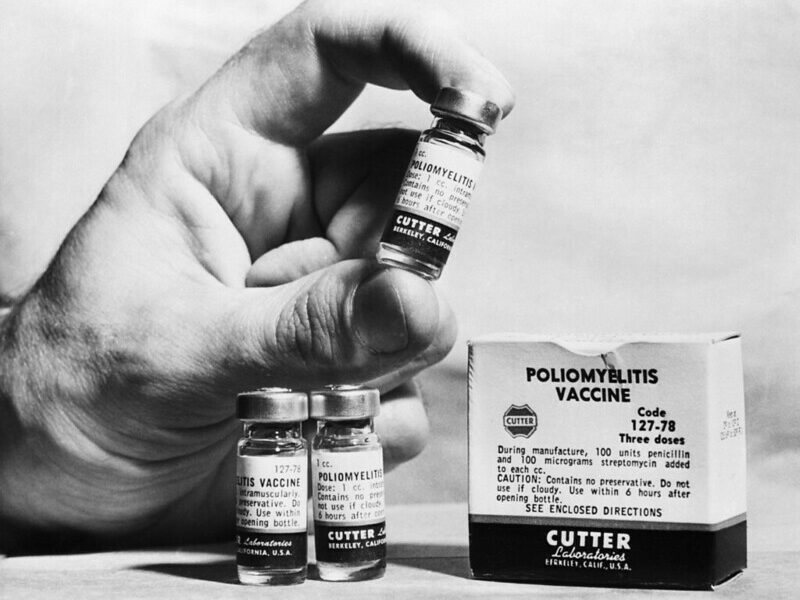Since the first two cases of monkeypox were reported in Cameroon on April 30, 2018, the total number of cases have risen to 16 by May 30, among five affected districts. There is only one confirmed case, which has been identified by real-time polymerase chain reaction (RT-PCR) in a 20-year-old male [1]. So far, the age range of the infected patients in this outbreak ranges from one month to 58 years old, and the sex distribution was approximately even [1]. The cases are reported from rural areas where infection may occur through human-animal contact in occupational activities. According to the World Health Organization (WHO), all cases have the clinical symptom of fever and rash, but have not yet been fatal [2].
Monkeypox is a zoonotic disease caused by the monkeypox virus, which can spread among both humans and animals, being transmitted from animals to humans and from humans to humans. Most human cases are attributable to direct contact with infected animals. Symptoms include fever, headache, muscle pains, swollen lymph nodes, fatigue, and/or body rash. Monkeypox appears similar to smallpox clinically; however, it is milder than smallpox with the death rate around 10% [3].
No specific treatment or vaccine is recommended for monkeypox. However, evidence shows that a prior smallpox vaccination contributes to a reduction in risk of monkeypox infection in the African region [4]. Monkeypox in the human species is less deadly and less transmissible, and it is a self-limiting disease – the symptoms lasting two to three weeks.
There were three outbreaks of monkeypox since it was first discovered in humans since 1970. In 1996, 71 suspected human monkeypox cases were reported in Democratic Republic of Congo with two confirmed cases [5]. In 2003, 52 cases were reported in the United States [6]. Most patients in this outbreak were traced to having close contact with prairie dogs infected by imported African Gambian rats in a pet shop [6]. In 2017, a monkeypox outbreak occurred in Nigeria, with 172 suspected and 61 confirmed cases [7].
The outbreak in the US brought global attention to the issue of imported animal and the need for quarantine procedures. Additionally, researchers from UCLA observe the risk of human monkeypox is inversely correlated to smallpox vaccination [8]. This observation was made after the official cessation of the mass smallpox vaccination program, when the incidence of human monkeypox increased rapidly in Africa. However, monkeypox outbreaks can be controlled. WHO recommends several methods to reduce the risk of animal-to-human and human-to-human transmission, such as wearing protective clothing and isolating infected patients. By developing regulations, improving surveillance system, and raising public awareness of the risk factors, it is possible to reduce the risk of monkeypox in humans.
Sources:
[1] http://outbreaknewstoday.com/monkeypox-outbreak-spreads-five-regions-cameroon-74521/
[2] http://www.who.int/csr/don/05-june-2018-monkeypox-cameroon/en/
[3] https://www.ncbi.nlm.nih.gov/pmc/articles/PMC120683/
[4] https://www.cdc.gov/poxvirus/monkeypox/outbreak.html
[5] https://wwwnc.cdc.gov/eid/article/7/3/01-7311_article
[6] https://www.cdc.gov/mmwr/preview/mmwrhtml/mm5223a1.htm
[7] http://www.who.int/csr/don/21-december-2017-monkeypox-nigeria/en/
[8] http://www.pnas.org/content/pnas/107/37/16262.full.pdf
